We use cookies on our website to enhance your browsing experience and to analyse traffic. Please click “accept” to give consent for us to store non-essential cookies on your device. For more information on how and why we use your cookies, please see our privacy policy.
ARTWORK AT STUDIO WAYNE McGREGOR
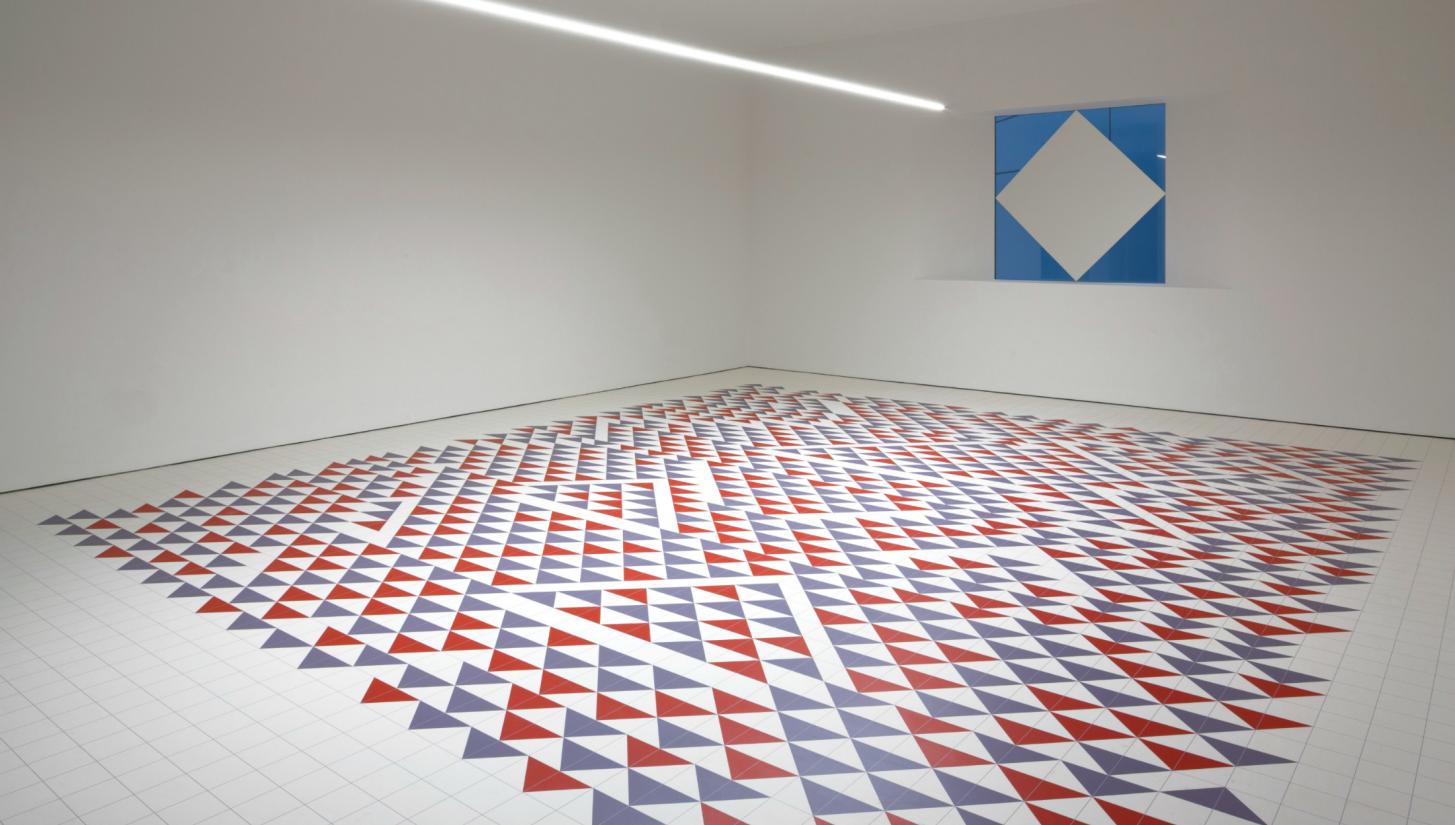
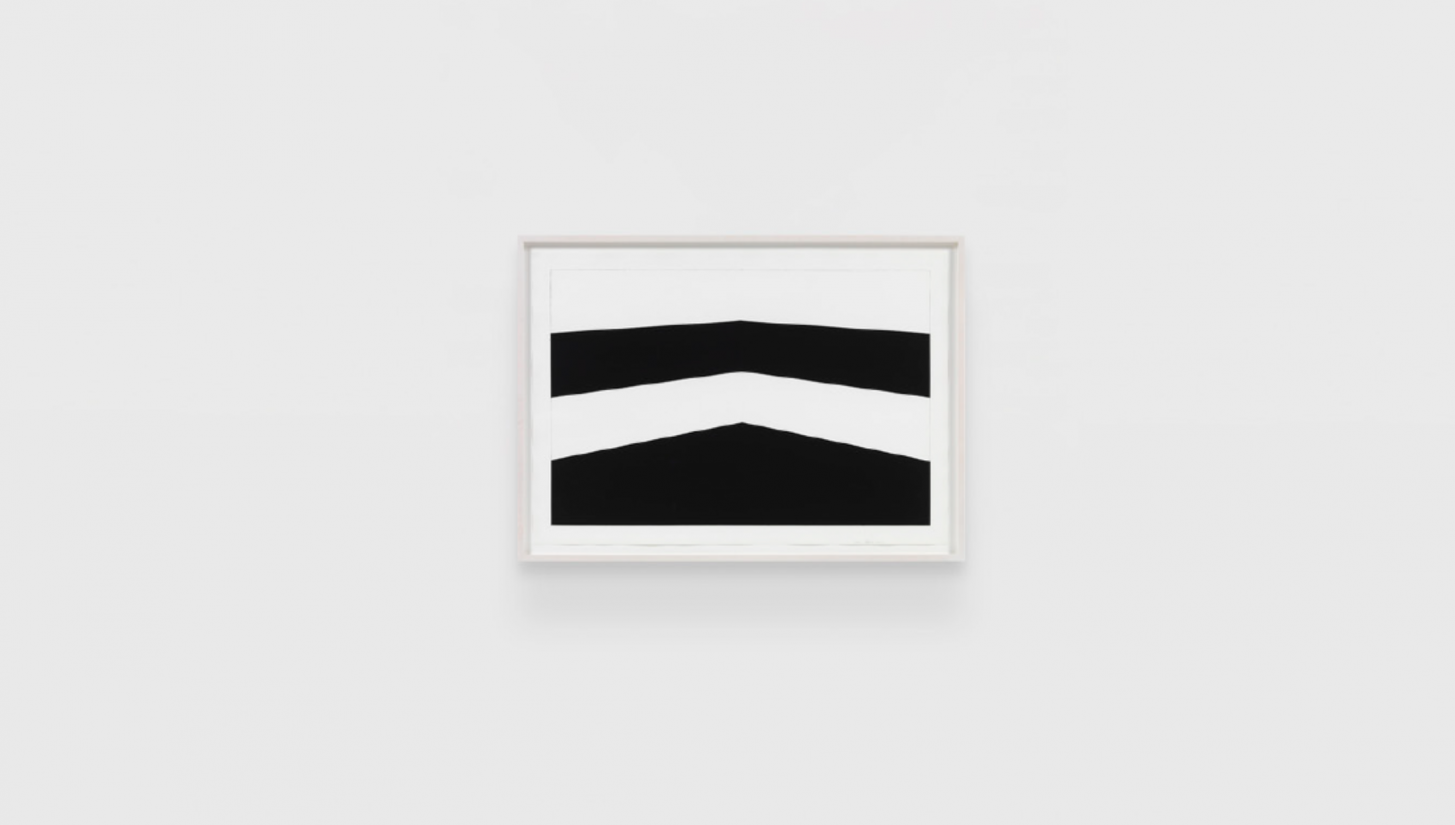
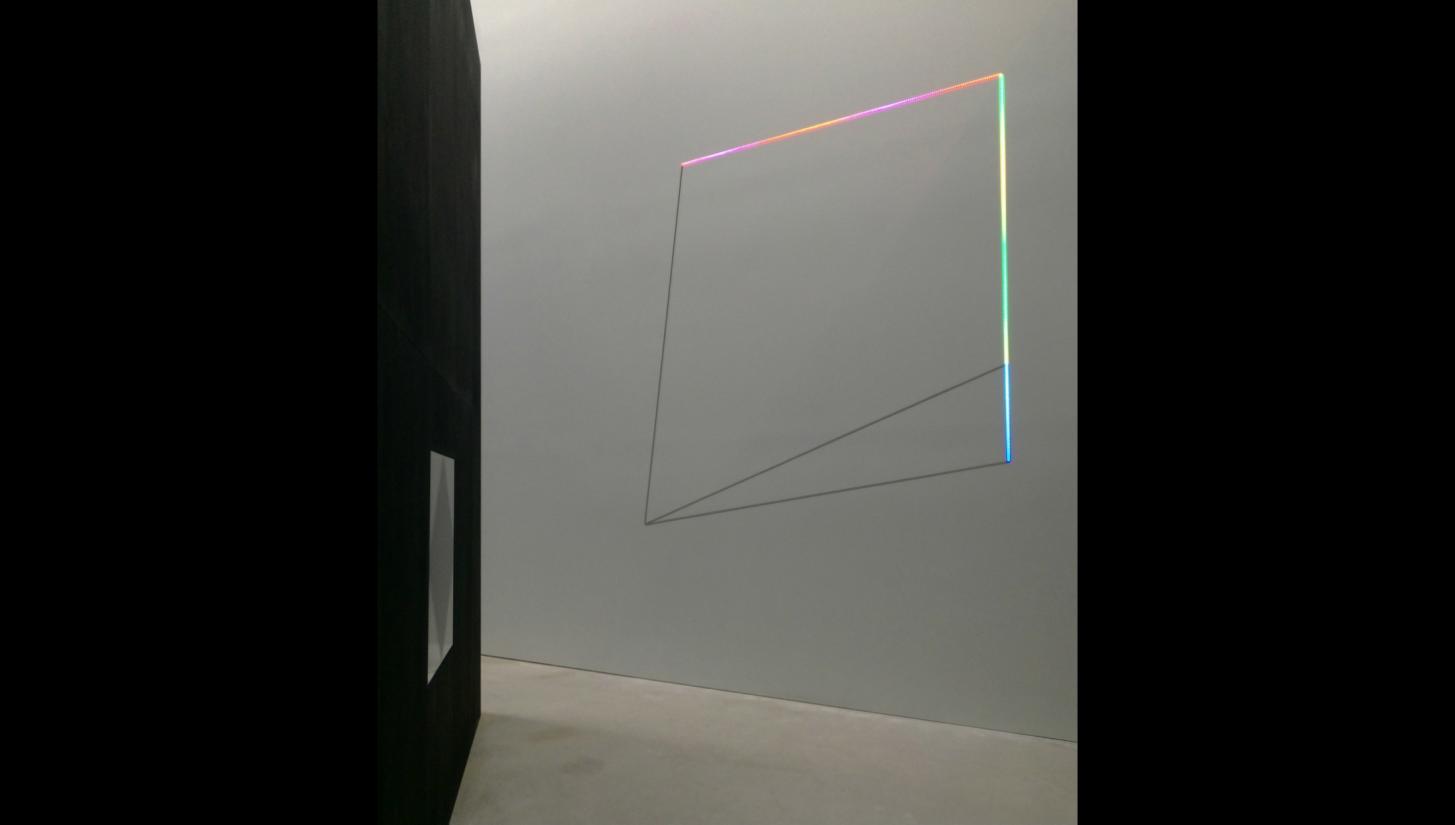
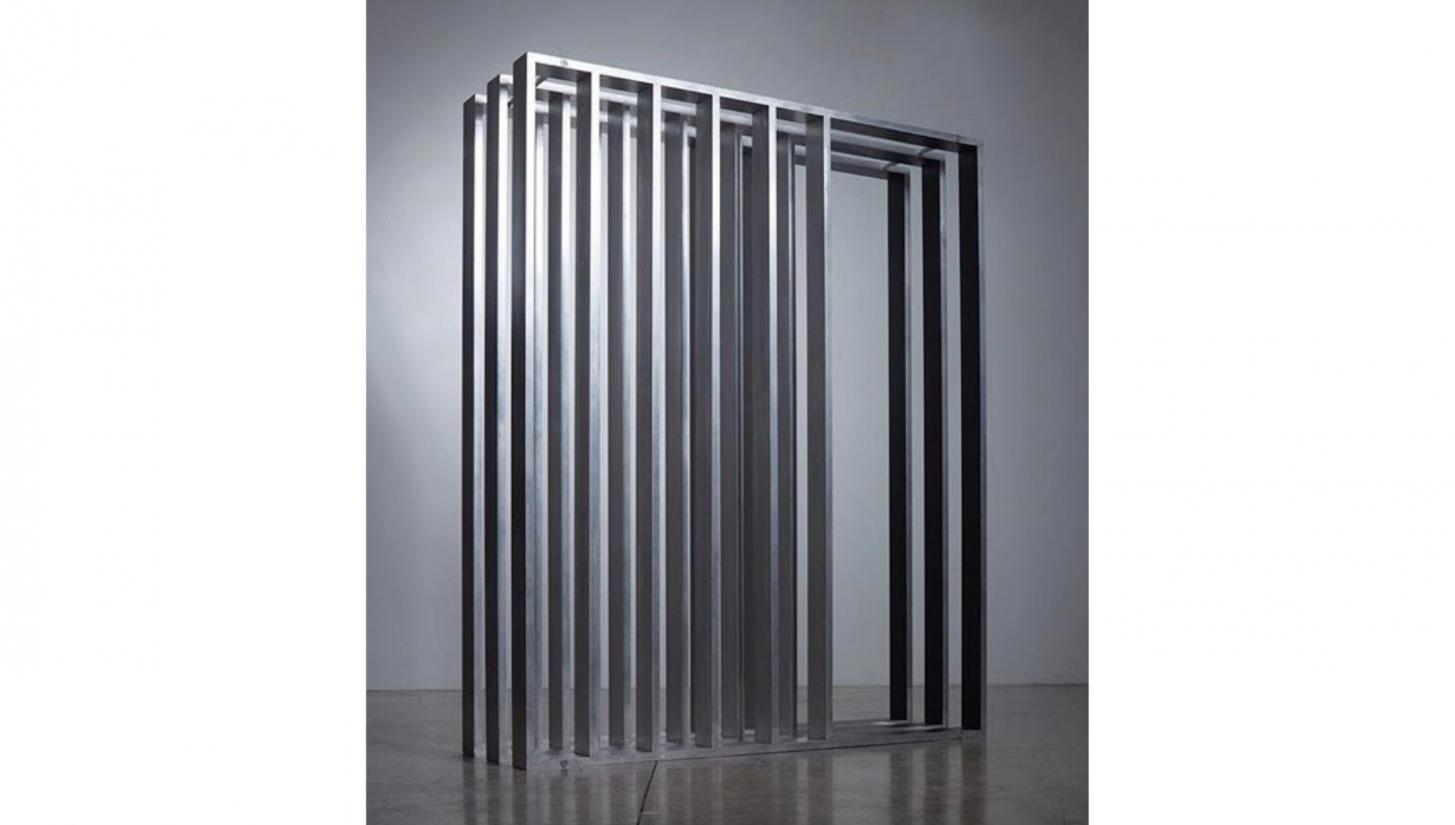
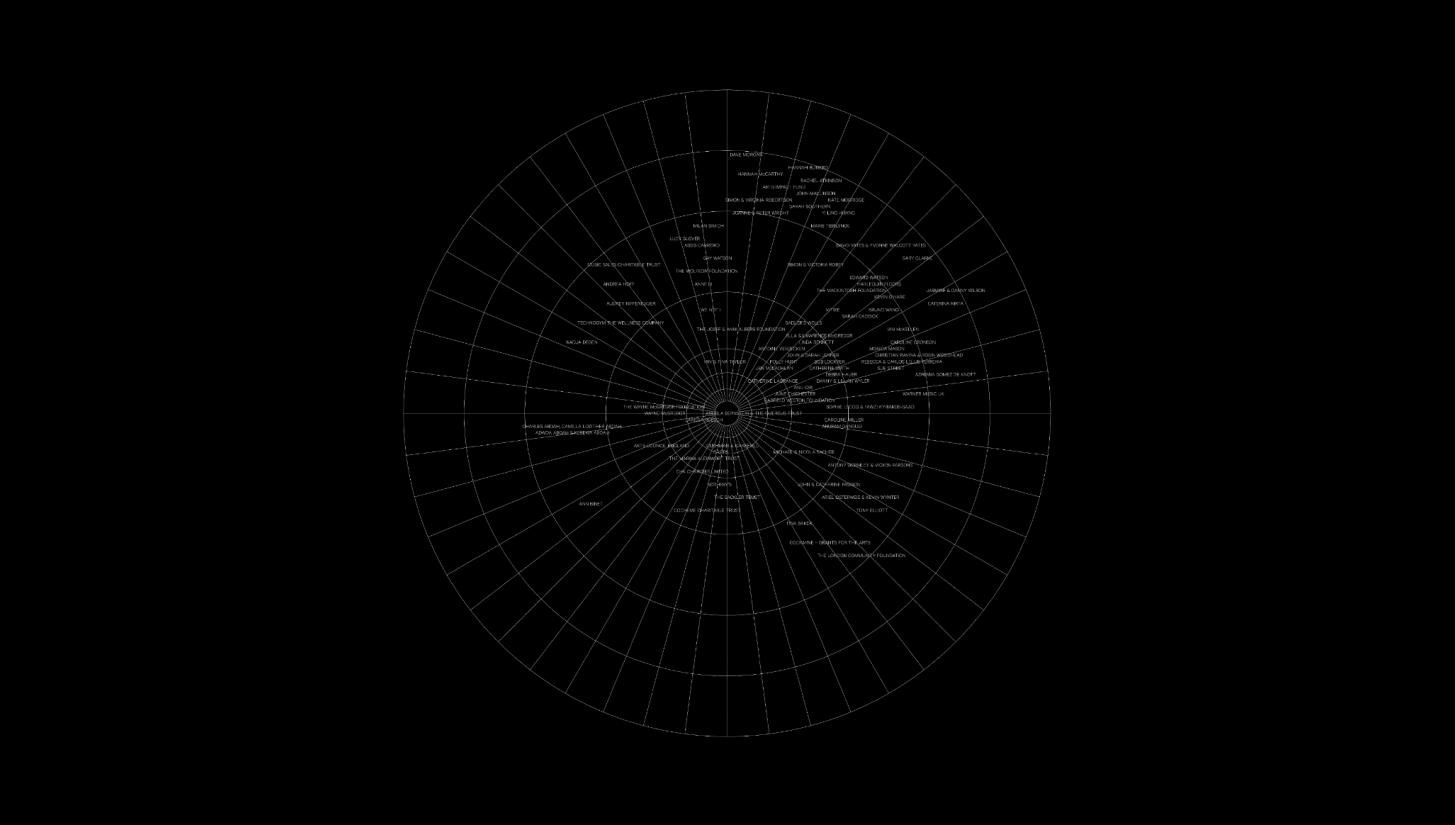



Alongside the creative work of choreographers, Studio Wayne McGregor hosts a number of unique visual art pieces, including works by Carmen Herrera and Haroon Mirza on loan from the Lisson Gallery, a work by artist and Studio Wayne McGregor collaborator Ben Cullen Williams on loan from the artist, original artworks by We Not I, and a bespoke floor based on a work by Bauhaus artist Anni Albers with kind permission from The Josef and Anni Albers Foundation.
Atlas, the permanent art installation designed by We Not I, honours all of the supporters to our capital campaign, particularly the major contributions from principal supporter Quercus Trust, and Arts Council England, along with generous contributions from a number of individuals and organisations. The project network of pioneering design practice We Not I extends around the world and collaboratively counters the idea that architecture is the work of a single person. We Not I led on the design and realisation of Studio Wayne McGregor at Here East. The practice also made their Royal Ballet debut creating the set for ‘Becomings’, the second part of Wayne McGregor’s Olivier Award-winning production Woolf Works in 2015.
Wayne McGregor has a long and valuable partnership with The Josef and Anni Albers Foundation. In 2013, he and his collaborators immersed themselves in their extensive archives in Connecticut, NY., where they were inspired by Josef Albers’ austere geometrical paintings to create the ballet Borderlands for the San Francisco Ballet. In addition to the Foundation’s significant financial contributions to the development of the building of Studio Wayne McGregor, it has granted a variety of sought after permissions to reproduce seminal works from the collections of both Josef and Anni Albers. Anni Albers’ work has been integrated into the fabric of the building through the reproduction of her Camino Real as a permanent installed floor in the Tower meeting room.
Images: Camino Real, 2017, Anni Albers, We Not I and Wayne McGregor; Carmen Herrera, Untitled, 2012, Courtesy of Lisson Gallery; Haroon Mirza, Light Work xxv, 2017, Courtesy Haroon Mirza, Photography: We Not I; Ben Cullen Williams, Remnants, 2018, Courtesy Ben Cullen Williams; We Not I, Atlas, 2017, original graphic image.
Lisson Gallery is one of the most influential and longest-running international contemporary art galleries in the world. The Gallery have installed a rotating programme of works by leading visual artists who have a previous connection with Wayne McGregor including Tatsuo Miyajima (set design for Limen, The Royal Ballet, 2009), Haroon Mirza (set design for Alea Sands, Paris Opera Ballet, 2015), Rashid Rana (set design for Multiverse, The Royal Ballet, 2016) and Carmen Herrera (set design for New Wayne McGregor work, The Royal Ballet, 2023). Works by Carmen Herrera and Haroon Mirza are currently installed in the unique hanging and presentation opportunities of the We Not I designed space.
Carmen Herrera’s paintings drive for formal simplicity and a striking sense of colour. A master of crisp lines and contrasting chromatic planes, Herrera creates symmetry, asymmetry and an infinite variety of movement, rhythm and spatial tension across the canvas with the most unobtrusive application of paint. McGregor and Herrera recently collaborated on a new work for The Royal Ballet, due to premiere in June 2023.
Haroon Mirza has won international acclaim, including the 2011 Silver Lion at the Venice Biennale, for installations that test the interplay and friction between sound and light waves and electric current. He devises kinetic sculptures, performances and immersive installations. McGregor and Mirza conceived the work Alea Sands with the Paris Opera Ballet in 2015.
Ben Cullen Williams is a London based artist, whose practice consists of sculptures, installations, photography and video. In his work, Williams explores humankind’s relationship to the world in a rapidly changing environment; he focuses on the intersection between space, technology and landscape. He investigates how related spatial typologies can be understood as a physical manifestation of our own human condition. He draws on a range of fabrication processes from physical to digital to understand our changing relationship to the material world. His work has been shown internationally in a range of spaces, galleries and environments as well as collaborating with a range of different disciplines and fields. His projects have won a number of awards including a D&AD Yellow Pencil for Spatial Design in 2018. McGregor and Williams have collaborated on a number of Company Wayne McGregor works including Autobiography and Living Archive: An AI Performance Experiment.








